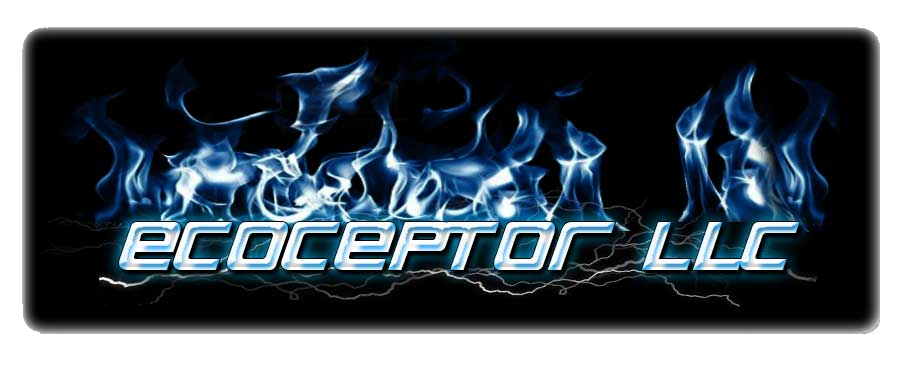Combustible Caliente (Heating the Fuel)
Liquid fuel doesn’t burn — only the fuel that is fully vaporized and in contact with an oxygen molecule can burn and release power. With only a small time window to harness the combustion pressures, most of the fuel in an engine burns too late to contribute — it burns going out the exhaust, and in the catalytic converter (see Combustion Characteristics Considered). One way to improve engine performance & economy is to pre-condition the fuel so more of it is in a vapor state when the spark plug fires.
How Does Heating the Fuel Help?
Liquids are “Clusters” of tiny solids floating around each other. Using water as an example, as temperatures get colder, the clusters get larger until they all become one huge cluster — ice! At the other end, as temperatures rise, the clusters get smaller until they finally break up completely and become humidity — free-floating molecules, not bound within a cluster.
If you ever used a pressure cooker you undoubtedly noticed that the steam released from the pressure valve was only visible for a very short distance. After that it became humidity (which we cannot see). The temperature was so high that the water could not exist in a liquid form — not even as tiny droplets of visible steam.
Commercial Fuel Heater
Ideally we would heat the fuel enough to instantly vaporize as it passed from the high-pressure fuel rail, through the fuel injector, into the low-pressure intake manifold (like a pressure cooker pressure relief valve). Realistically, the mechanical limitations of the injectors and other parts prohibit such high temperatures (<500 degrees F). However, hotter fuel vaporizes more thoroughly before the spark plug fires, and makes more power. Adding just a few degrees of heat to the fuel helps noticeably.
Fuel injectors are mounted on the top of the engine. They are engineered to withstand well above engine coolant temperatures. It is therefore safe to say that the stock fuel delivery components can handle engine coolant temperature fuel. In addition to our MHE, there are industrial liquid-to-liquid heat exchangers designed for use in back hoes, fork lifts, and other hydraulic equipment. Engine coolant is piped through the outer jacket, and hydraulic fluid is run through the middle. Just replace hydraulic fluid with your fuel and you have a very efficient — and safe heat exchanger. You can also run a steel fuel line along a radiator hose to pick up some heat. Just be sure to use high pressure fuel hose for your connections to avoid leaks.
Hydraulic cooler for forklifts
Steel fuel line strapped to a hot radiator hose.
One safety consideration, if the vehicle has a fuel return hose, the plastic fuel tank is probably not rated for engine coolant temps. Furthermore, the hotter fuel in the tank will generate excessive vapors that can easily overwhelm the stock EVAP system. Combine a softened plastic fuel tank with excessive pressures and you have the makings for a disaster. You should have a fuel cooler on the return line.
FE3
